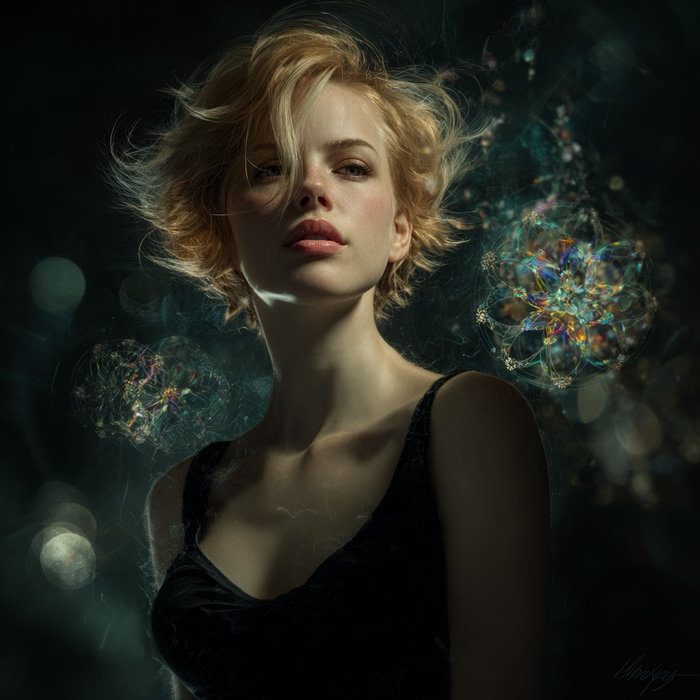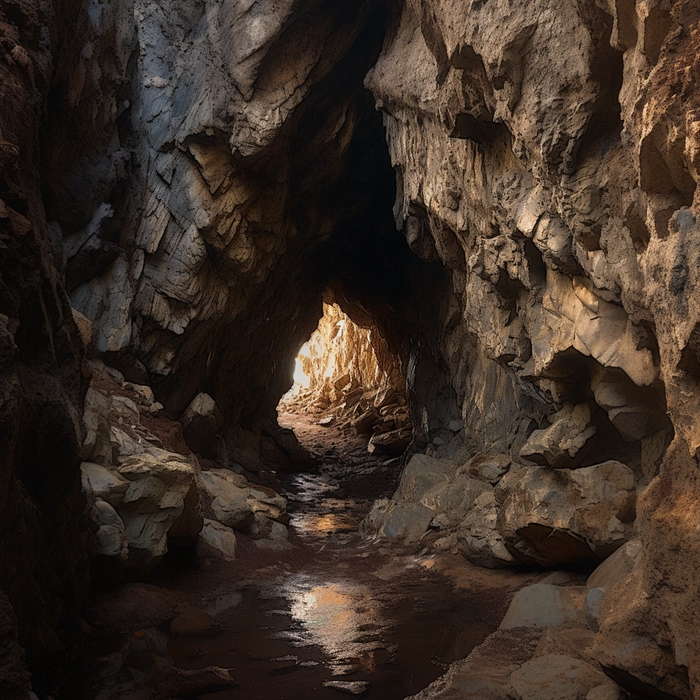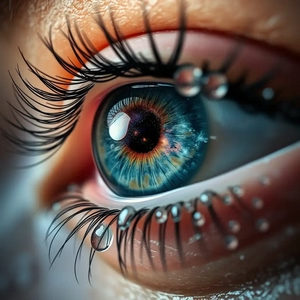Data-Driven Design in the Age of Artificial Intelligence: The Future of Creativity in the Stock Image Market
Every day, hundreds of millions of images are uploaded to stock platforms like Shutterstock, Adobe Stock, and Freepik. These vast digital libraries promise endless visual possibilities — yet, only a tiny fraction of these images are ever seen, downloaded, or used. The rest sink quietly into the ocean of visual noise. It’s a paradox of abundance: the more content we produce, the harder it becomes for any single piece to shine.

What makes certain images stand out? Is it purely their aesthetic appeal — the harmony of color, composition, and concept — or is there something deeper at play? Increasingly, it seems that data holds the key. Algorithms analyze user preferences, click rates, and keyword performance, predicting which images will sell before they’re even created. Creativity, once guided by intuition alone, is now being shaped by invisible patterns that emerge from data itself.
In the age of artificial intelligence, creativity no longer grows only from inspiration; it is nourished by analysis. AI doesn’t just automate production — it transforms the very logic of design. From predictive aesthetics to generative imagery, we are witnessing a new creative paradigm where human imagination and machine intelligence co-create the visual language of our time.

Understanding the Power of Behavioral Data
Behind every click, search, and download on stock image platforms lies a silent story — a trace of what people find beautiful, useful, or emotionally engaging. Platforms like Freepik and Shutterstock collect and analyze billions of such interactions: from the colors that attract the most downloads to the themes that dominate specific seasons. Behavioral data has become the new lens through which designers can understand their audiences more deeply.
These insights don’t just describe the market — they shape it. When designers recognize that vibrant tones trend in summer or that minimal compositions dominate tech-related searches, they can align their creative process with real-time audience behavior. Data doesn’t replace creativity; it refines it. It turns abstract intuition into informed inspiration, guiding designers toward visuals that connect as well as impress.
There’s a common fear that data-driven design kills originality. In truth, it often does the opposite. When used thoughtfully, data doesn’t confine imagination — it expands it. It reveals cultural rhythms, emerging aesthetics, and emotional cues that designers might otherwise overlook. In the age of AI, data becomes not a rulebook, but a muse — one that whispers patterns, possibilities, and stories waiting to be visualized.
shutterstock trends : https://www.shutterstock.com/trends

The Boundary Between Creativity and the Algorithm
As data-driven design becomes the new norm, a provocative question arises: Does predictability kill creativity? When algorithms learn what works, they tend to replicate success — favoring familiarity over experimentation. This echoes Jean Baudrillard’s idea of simulacra, where images become copies of copies, detached from their original meaning. In such a landscape, stock visuals risk turning into simulations of taste — beautiful, efficient, and empty.
If everyone designs based on the same data, can anything truly new emerge? Wilfred Bion once noted that creativity demands a space for uncertainty — a willingness to not know. Yet data thrives on what is already known, on patterns that have been measured and quantified. The cultural risk is homogeneity: a visual world optimized for performance but deprived of surprise. When every trend is predicted, where will the next revolution come from?
If everyone designs based on the same data, can anything truly new emerge? Wilfred Bion once noted that creativity demands a space for uncertainty — a willingness to not know. Yet data thrives on what is already known, on patterns that have been measured and quantified. The cultural risk is homogeneity: a visual world optimized for performance but deprived of surprise. When every trend is predicted, where will the next revolution come from?

The Future of Stock Design: From Prediction to Creation
The line between analysis and creation is rapidly blurring. Tools like Midjourney, Adobe Firefly, and DALL·E no longer just interpret data — they transform it into visual imagination. These AI systems learn from millions of stock images, user preferences, and cultural signals to generate designs that feel both familiar and novel. In this new ecosystem, data itself becomes a creative collaborator, capable of dreaming alongside the designer.
The next frontier is predictive design — systems that can anticipate visual demand before it happens. Imagine platforms that analyze search histories, seasonal patterns, and social conversations to predict what themes will trend next month. Designers could then create images ahead of time, not in reaction to demand, but in sync with it. The stock market of the future will be driven not just by creativity, but by foresight.
Yet even as AI evolves, one truth remains: data can inform, but only humans can feel. The designers and creators who will thrive are those who understand the language of data yet still trust their intuition. The future of stock design belongs to the hybrid mind — analytical yet imaginative, algorithmic yet emotional. In the end, creativity’s next chapter won’t be written by machines alone, but by those who know when to listen to them — and when to listen to their own instincts.

Conclusion & Takeaway for Designers
The age of data-driven creativity has transformed how we see, design, and distribute images. From massive stock libraries to intelligent AI tools, the creative process has become a dialogue between numbers and narratives. We’ve seen that data can reveal hidden patterns, predict visual trends, and even guide aesthetic decisions — but true creativity still begins where prediction ends.
For designers working in the stock image ecosystem, the lesson is simple: listen to the data, but don’t be ruled by it. Use trend-analysis tools like Google Trends, Shutterstock Insights, and Pinterest Predicts to stay informed — not confined. Let analytics inspire your direction, not dictate your style.
The future of design belongs to those who can balance analysis and imagination. Data may tell you what the world wants, but imagination tells you what it could want next. When you use both — insight and intuition, statistics and soul — you move from following trends to shaping them. In that space between logic and wonder, the next generation of visual storytelling is already being born.






